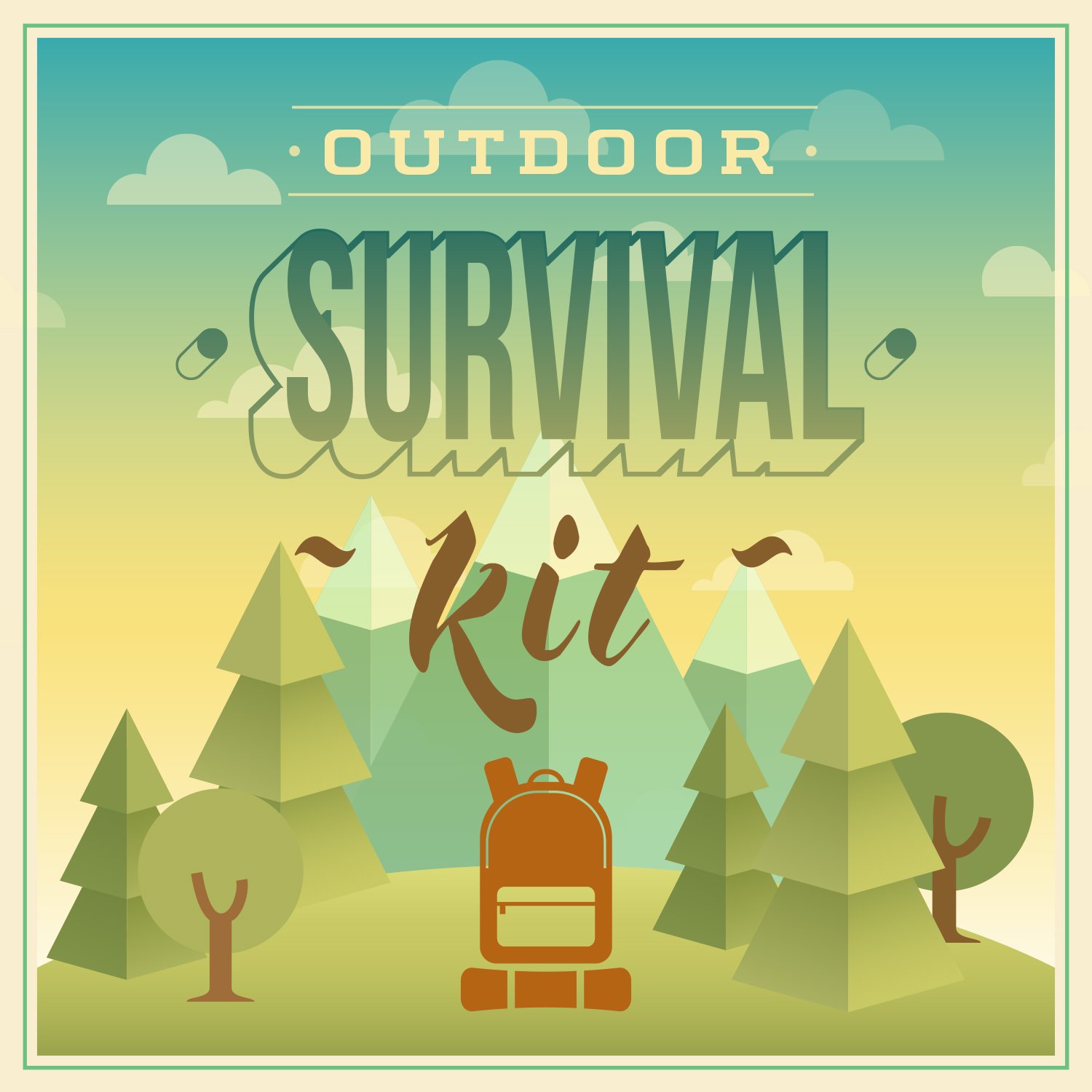An essential to any - and we mean any - outdoor excursion is your first aid kit. These kits are designed as a preventative measure to address any variety of accidental and injurious situations that may arise. From the annoying rash to the life-threatening injury, first aid kits are your go-to kit for tending to injuries while out on the trail.
Whether you’re cycling, hiking, camping, climbing, or participating in any outdoor activity, your first aid kit should be part of your packing inventory. For those who are only out for short excursions, a DIY kit built with your personal favorites and essentials may do the trick. For those of us who don’t want to risk missing any item or simply like the convenience of pre-made kits, then there are pre-assembled first aid kits available as well!
Shop our extensive line of first aid kits at Outdoor Shopping.
Checklist: A Minimalist’s Essentials
The glory of a pre-assembled kit means that all of your essentials are likely covered. For DIY’ers and anyone gathering the bare minimum for first aid necessities, it’s important to review a checklist of many items that you could use in case of emergency:
Bandages : This includes traditional adhesives, gauze, and tapes as well for blisters. For longer trips, include butterfly bandages, gauze pads, and ACE bandages as well.
Ointments : Antibacterial ointment can speed up healing and ensure that infection risks stay to a minimum. Consider packing burn creams as well for emergencies.
Lotions : Sunscreen and rash creams are must-haves for the outdoors. Tecnu and Calamine can relieve itching and should be considered for longer trips.
Tools : Tweezers, pocket knives, razor blades, and mirrors can all be versatile tools usable for multiple situations.
Bug Meds : Bee sting treatments, bug repellent, and tick removers help keep pest nuisances at bay.
Medicines : Stash some basic medications like Tylenol, Advil, and Pepto to tend to minor internal aggravations.
Survival Blankets and Ponchos : Designed for regulating temperature and shielding from the elements, survival blankets and ponchos take up little room but can pack a lot of punch.
Miscellaneous : Consider additional items for longer trips such as forceps, icepacks, thermometers, and slings to name a few.
Don’t forget to pack a first aid pocket guide, quick reference, or manual to help guide you through tough emergency situations. Also, if you have any prescriptions, you’ll want to ensure that those are packed in water-tight containers for the duration of your trip.
Pre-Assembled Kits vs DIY Kits
Maybe the above guidelines are just a little too involved for your liking. The good news is that there are pre-assembled first aid kits available for purchase, making your first aid packing easy and convenient. At the same time, you’re likely to save a few pennies as well by opting for pre-assembled kits rather than making one yourself. When choosing a pre-assembled kit, there are a few questions you’ll want to ask yourself:
What is the size of my party? You’ll likely divvy up packed goods amongst your party, so if you’re in charge of first aid, then you’ll want to know how many people it would need to service if put into use.
How long is my trip? An overnight stay is likely to require less first aid then, say, a week-long hiking or camping trip. The product description for any given kit usually describes the duration specifications for that kit.
Does your trip have special risks? A stationary camping trip brings with it different risks than an extended mountaineering trip, and your first aid kit should include any first aid items to tend to those special risks. Extra bandages and ointment is a must-have for those who plan to do a little trailblazing, while bug sprays and creams should be packed in excess for those on long trips in humid climates.
Does anyone have special needs? From prescriptions to life-long diseases, there are a multitude of individual differences that can determine whether or not you’ll need to pack for special needs.
You can also utilize these questions when creating your own DIY first aid kit, although you’ll need to ration items out on your own after purchasing a bulk amount rather than getting a specified party size/duration ration that comes in a pre-assembled kit. Also, don’t forget to invest in a pouch for your first aid items if you’re foregoing a kit, as you’ll want to keep all of your first aid gear in one location.
Always go through your kit to ensure that all items are up-to-date (such as medications and expirations) and that nothing has become stale or moldy from sitting in your pack.
Shop our extensive line of first aid kits at Outdoor Shopping.
Survival Kits. 20% Off. Limited Offer.
A basic survival kit can be purchased pre-assembled or assembled by you - the user - to cater to your specific needs.






